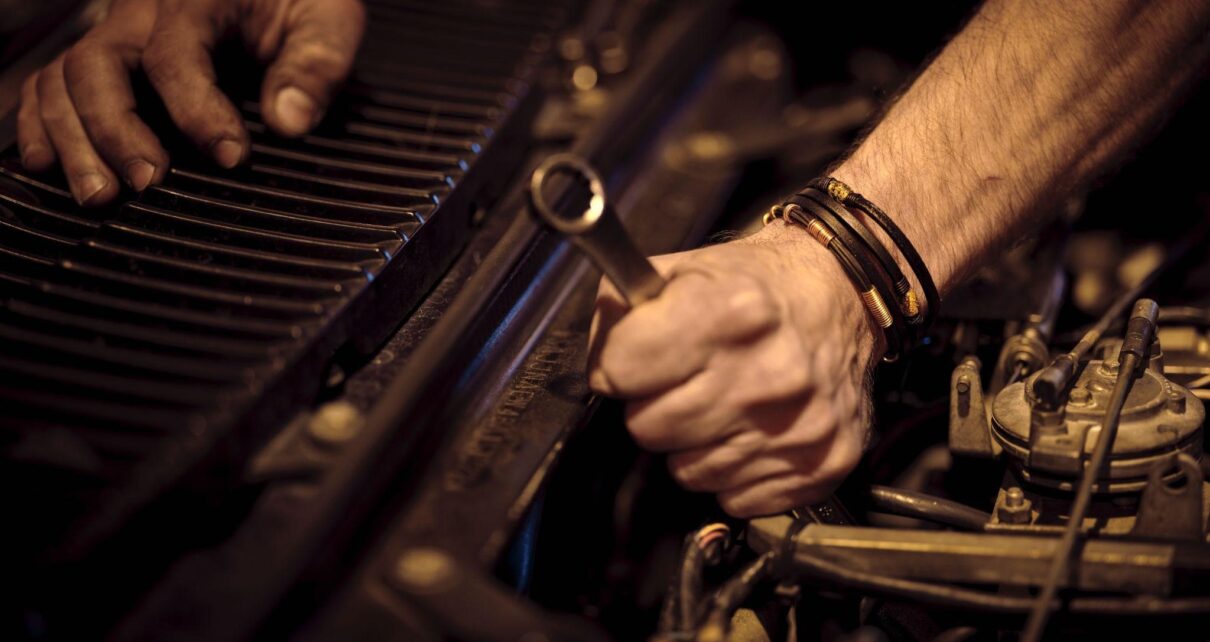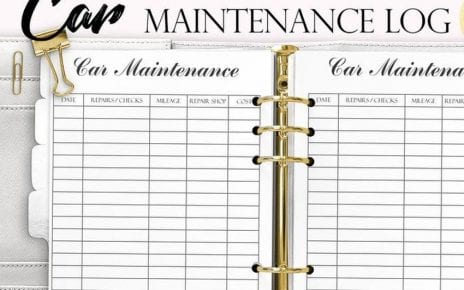Your car’s engine as well as gearbox are its heart and soul, but replacing them will set you back a substantial amount of money. Although the symptoms to look for when determining the possibility that your engine is having problems are well known, the gearbox doesn’t often receive the same degree of attention.
By reading through the top complaints, you will discover how to identify, fix, or have fixed, some of the most common transmission problems.
Top Reported Transmission Problems
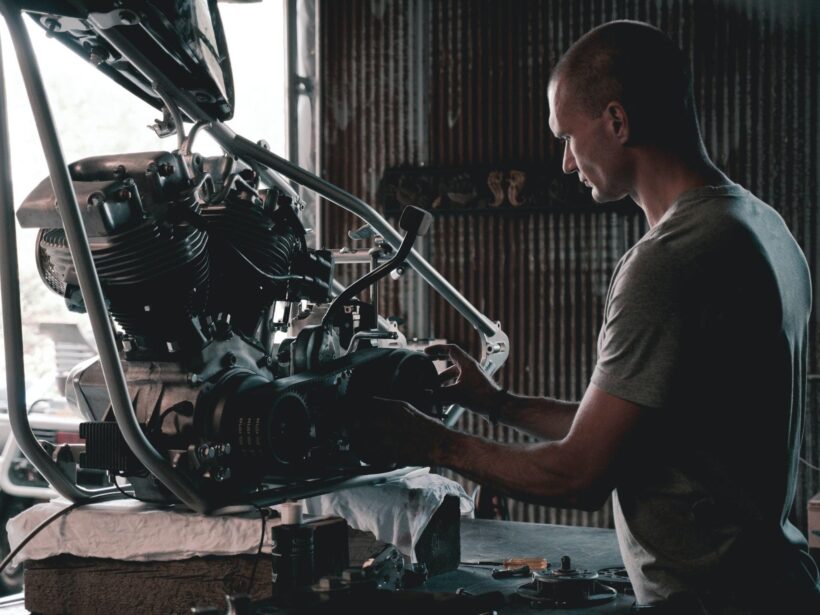
The fluid in the gearbox, the clutch assembly, or the seals typically fail first. Transmissions frequently experience issues with their own internal parts, such as the torque converter, transmission belts, or shift solenoids.
Here is a more detailed list of the most frequent transmission problems, as reported to mechanics and shops.
Faulty gaskets
Like engines, transmissions require oil to operate correctly. Transmission fluid leaks are prevented by gaskets and seals, but as your transmission becomes older, they may start to wear out. There will be a leak and serious transmission problems as a result.
Damaged Clutch
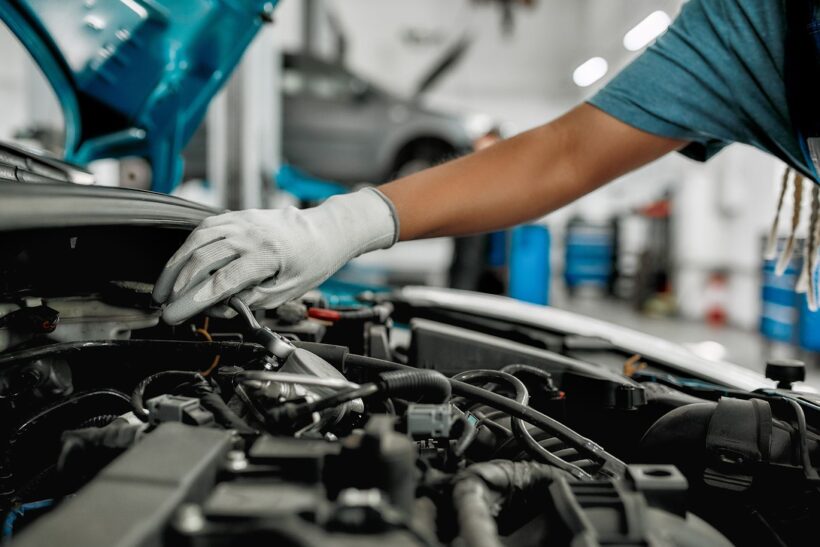
For people who operate manual transmission cars, worn out clutches are a common problem. It takes time and money to change a clutch, but doing so is necessary to keep everything running properly.
Used fluid for the transmission with an out-of-date filter
Although it doesn’t deteriorate as rapidly as engine oil, transmission fluid still needs to be changed frequently. To determine how often you should replace your gearbox oil, check your owners manual.
Sensor Error
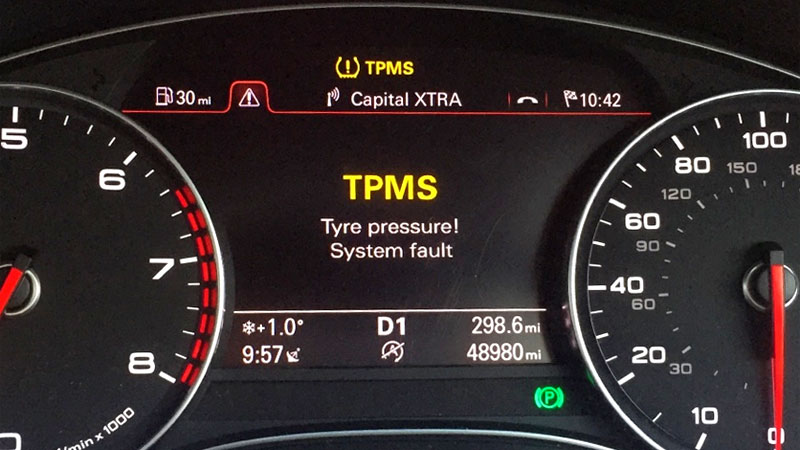
Sensors are used to keep an eye on every component of a contemporary car, including the gearbox. It is common for vehicle sensors to degrade and stop functioning properly as they get older. Simple: just buy new ones after they break is the answer.
Rusted out parts
Slippage in the transmission is a typical aging issue for both automated and manual autos. While automated transmissions can also experience this, a manual operator is more inclined to notice it.
Torque converter is broken
A torque converter, to put things simply, is a part of an automated gearbox. Click here for more information on torque converters. Torque converters frequently endure for a long time, however they could eventually stop working.
If this happens, the gearbox will need to be overhauled and will make grinding noises while shifting speeds.
Trashed Solenoids for Gear Shifts
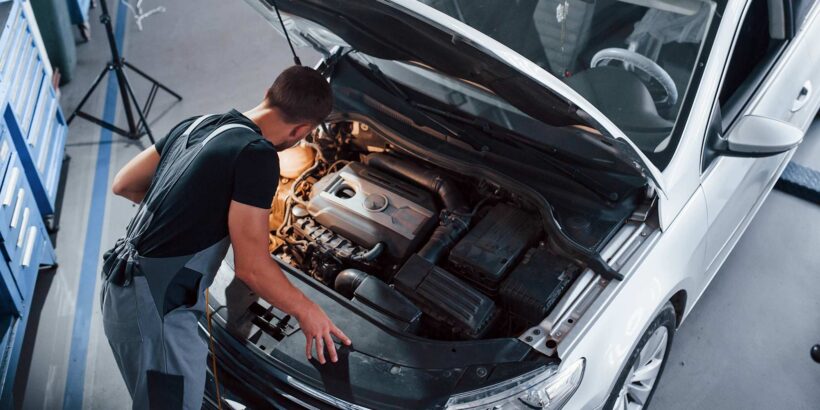
A faulty solenoid in a gearbox is less often the case than a faulty sensor, although it is still conceivable if the transmission itself is extremely old or if you are extremely unlucky. Maintenance expenses might increase slightly as a result of solenoids’ higher price compared to sensors.
Overheating of the transmission
Overheating in the transmission may be just one of the symptoms you experience, but it is a sign of an issue that is more serious. Transmission overheating can be caused by a variety of factors. To identify the issue with your transmission, you’ll need to conduct some thorough tests. Potential problems can include everything from leaky transmission fluid to jammed gears.
Fractional Frequencies
A large number of gears need to be held together through transmission bands in order to achieve the desired output ratio. However, you’ll notice because your transmission lacks the necessary gears when these bands eventually fail.
When the gearbox gets stuck between high or low RPMs, this problem with automatic transmissions causes the car to stop accelerating normally.
Erratic gear changes
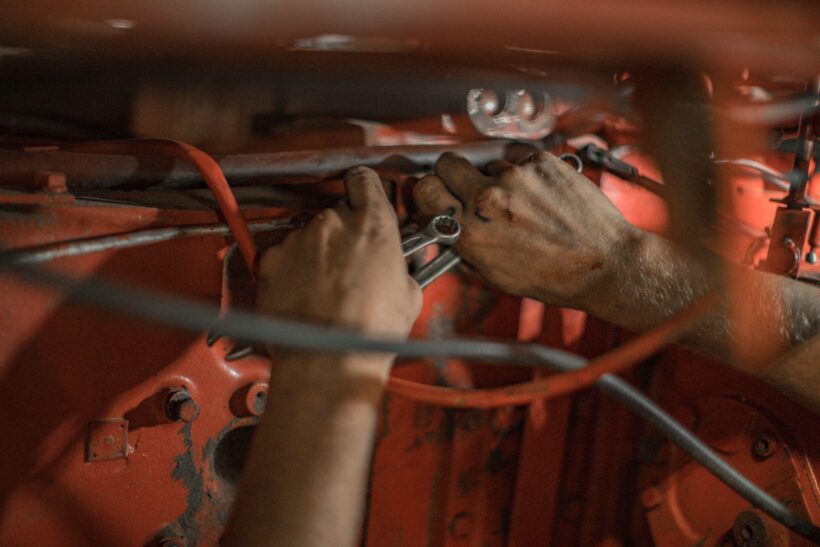
There are several different problems that could cause jerky shifting. There could be a dozen distinct problems, like worn bands, damaged gears, or a clutch that isn’t working properly. Only after taking apart and rebuilding your transmission can that be established.
Repairing and Tuning Your Transmission
A broken transmission might have a variety of potential reasons, but with little knowledge and experience, it’s feasible to identify issues early on and save expensive repairs. For these reasons, you need to get advice on transmission repair in order to resolve the most common problems. This makes it possible to handle problems while addressing them.
Leaks
Troubleshooting leaks is a pretty simple task that only requires the most basic diagnostic tools. If you can locate the leak’s topmost point, you’ve discovered its source because fluid always tends to seep downward.
If the leak originates from below, the transmission oil pan is the most likely source, whereas a front main is a more probable cause if the leak is emanating from the front of the engine.
As with most transmission issues, if it is fluid related and the source of the leak can be determined, it can most likely be repaired.
Gear shifts are challenging or fail entirely
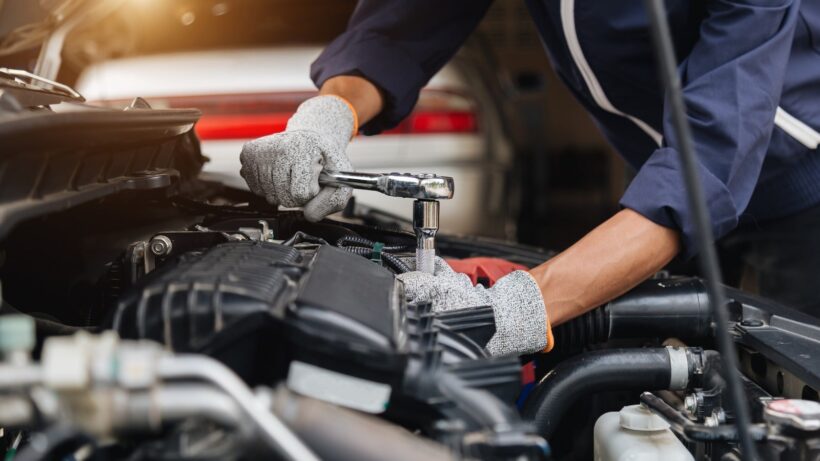
Keeping the transmission lubricant clean and a small application of slip-stop compound may reinstate smooth operation if changing gears is challenging. This isn’t a failsafe fix, but if you find the problem early on, it might help you get an additional few years of service out of any gearbox and save you money on a rebuild.
If it’s failing to upshift only, it’s a different issue
If the car’s transmission was having difficulties going into or out of a particular gear, there could be a variety of causes. Connect the vehicle to an analyzer to see if the TCM is producing any codes. The sensor as well as solenoid replacement is one possibility for a fix.
However, the lack of TCM codes suggests a more serious issue with the transmission itself. Clogged mechanisms or damaged bands are examples of potential reasons. But a reconstruction is still required. You should generally start saving money right now because rebuilding an automatic transmission is a costly endeavor.
One of your car’s most crucial components is the gearbox. Knowing the system inside and out will help you identify issues as they develop. In spite of the fact that transmission repairs might be expensive, if you know what to check for, you can frequently avoid problems.
Hopefully, this manual taught you everything you needed to find out about transmission diagnostics and upkeep, and when it’s time to prepare for a replacement.

